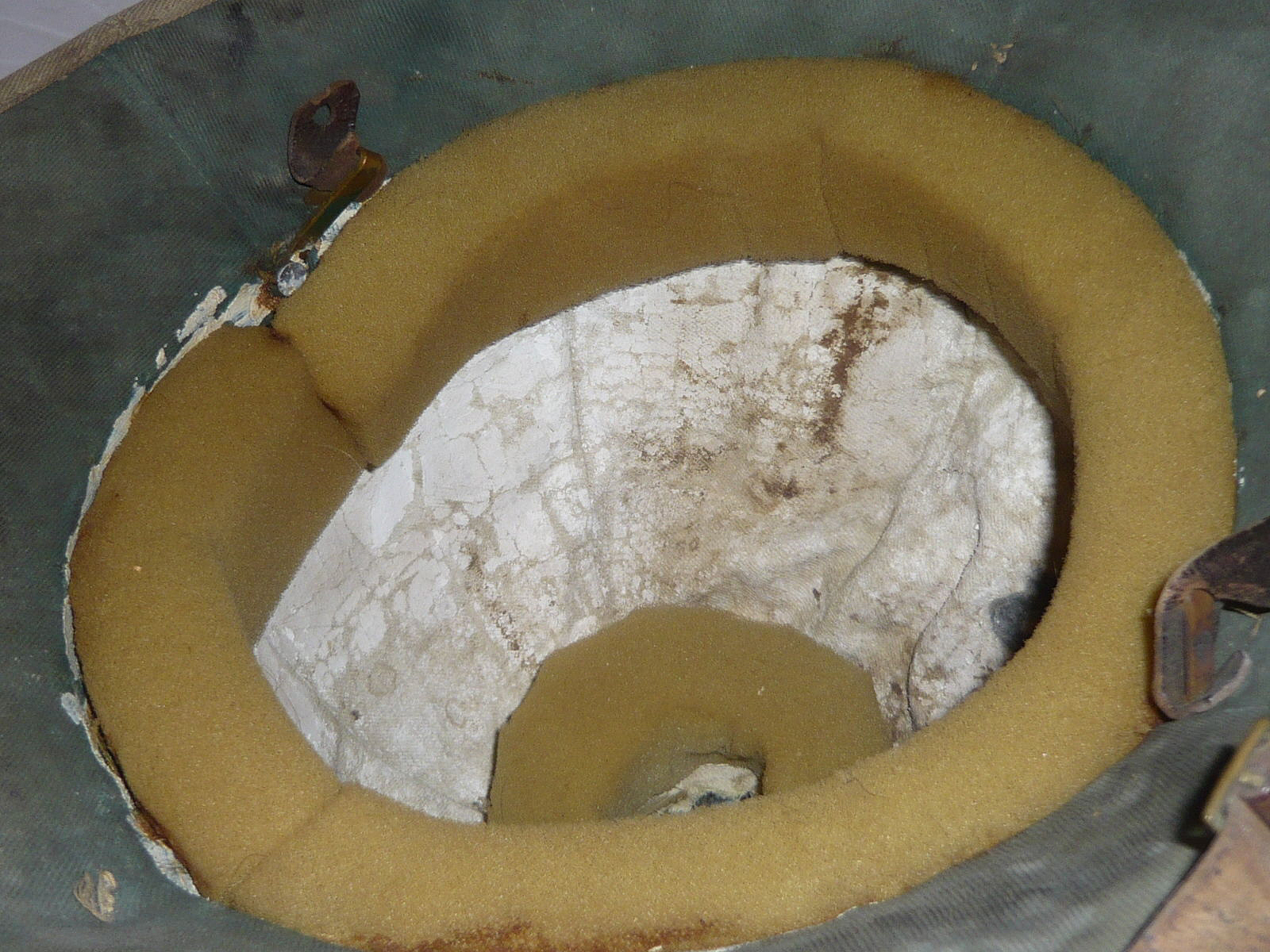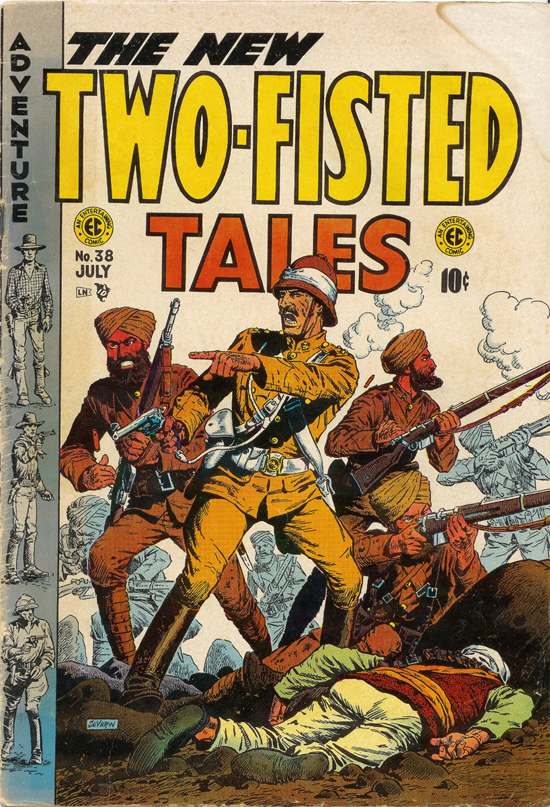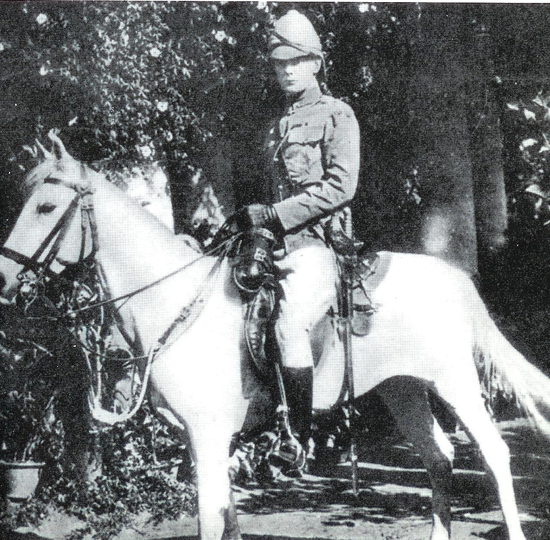The helmet described in this article had been on offer on a certain internet auction platform at the UK for at least two years, headlined as “Vintage Pith Helmet World War 1 WW1 British Army First Please see photo” – The seller´s hint to see the photo first made sense: Many collectors probably have clicked to open the page and closed it immediately after having seen a helmet, filled with yellow foam – besides being offered at a price that was anything but a bargain. Continue reading
Category Archives: Egypt
Thomas, L, Cpl, DCM, Royal Berkshire Yeomanry
Cpl Thomas was born in the Parish of Thicket, Near the Town of Wantage, County Berkshire in 1895. His occupation was given as “Farmer.”
He joined the Berkshire Yeomanry prior to WWI in 1914 having bought himself out of the Royal Horse Artillery on the 3rd of March 1914. Continue reading
A Famous Goggle Type
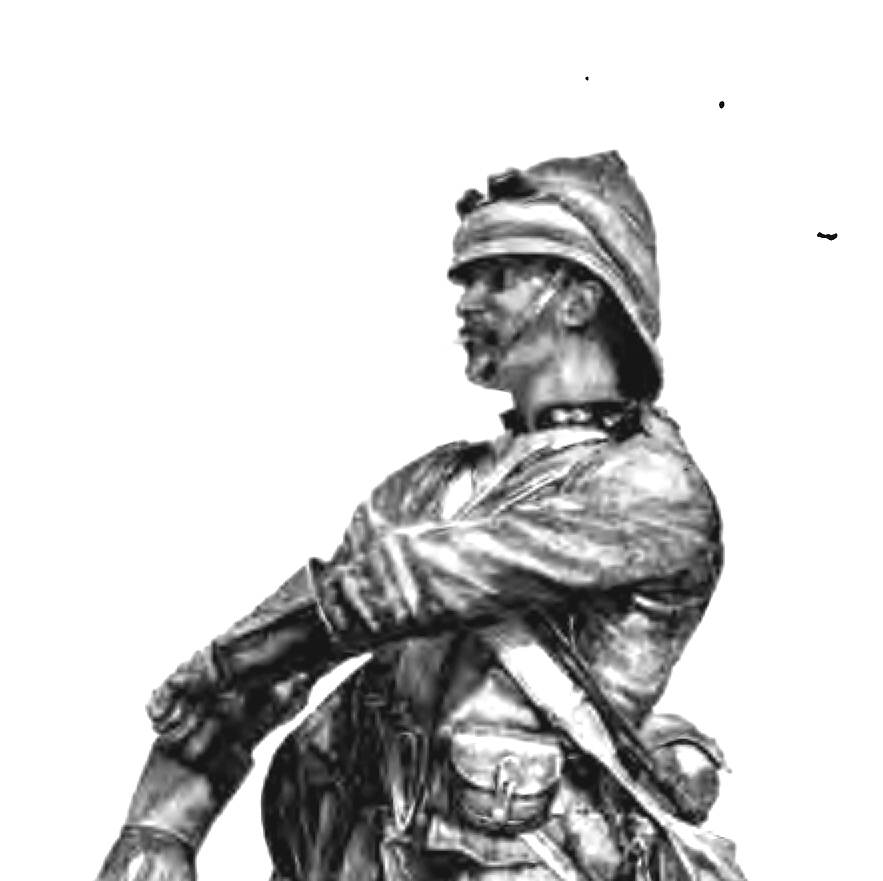 Goggles have been used at least since the American Civil War by Artillerymen and then Railway Engineers. Garnet Wolseley was an observer during that conflict and may have been instrumental in their introduction into the British Army for the Sudan campaigns of 1882-1885. However this article is concerned with “The Newbold Type” used by the British, Americans, Japanese and others. Continue reading
Goggles have been used at least since the American Civil War by Artillerymen and then Railway Engineers. Garnet Wolseley was an observer during that conflict and may have been instrumental in their introduction into the British Army for the Sudan campaigns of 1882-1885. However this article is concerned with “The Newbold Type” used by the British, Americans, Japanese and others. Continue reading
Sun Helmets and Comic Books
Comic books today typically feature brooding superheroes and twisted villains bent on world domination. The days of more life-like comics are certainly a thing of the past. However, during the “Golden Age of Comic Books,” which lasted from the late 1930s to the early 1950s there were actually some comics that offered realistic settings. While not actually common, there were books – such as the above The New Two-Fisted Tales – that even featured a sun helmet or two. Continue reading
Winston in Pith Helmets
Sir Winston Churchill wore many hats in his life. He was a writer, scholar, soldier, politician, painter and above all English gentleman. Winston as he was often known by friend and foe alike was a Victorian soldier of the Queen, a First World War Lord of the Admiralty and, of course, during the Second World War the Prime Minister.
His most famous hat was his Bowker, but he also sported a Homburg hat as often, and as a soldier wore visor caps and in France in World War I a steel helmet. But of course we remember Mr. Churchill in many a sun helmet! Continue reading
Helmet Flashes in the British Army
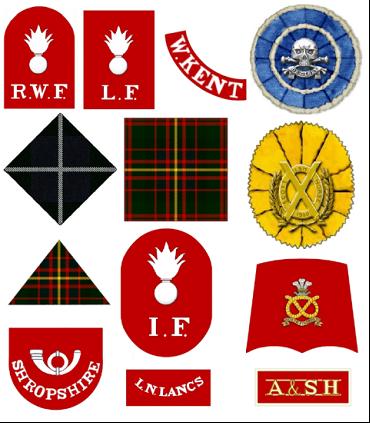
Some of the weird and wonderful shapes of helmet flashes often encountered on Foreign Service Helmets and Slouch Hats.
The British army has long used khaki coloured uniforms for its troops. This goes as far back as the Indian Mutiny and possibly before with some regiments of the East India Company’s army. The introduction and use of khaki into the British army is generally attributed to an army officer named W.S.R. Hodson, who later founded the irregular light cavalry, Hodson’s Horse. Continue reading
British Army Spine Pads
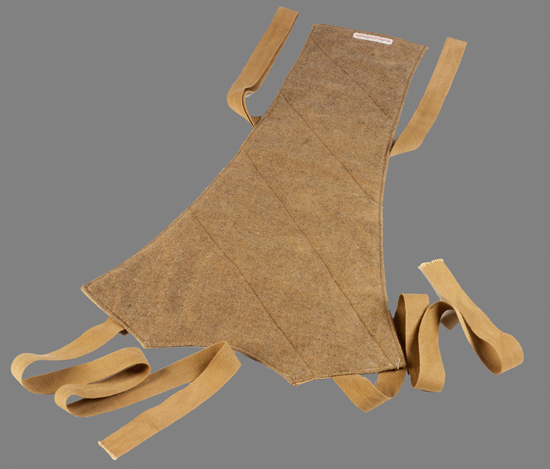
A First World War period British Army issue spine pad. The pad was worn to protect the wearer’s spine from intense heat that was thought to cause heatstroke. (Photo Imperial War Museum, author’s collection)
“The spine pad has become a dull museum piece, and it is probable that specimens are nowadays not easy to find. Yet to those living in tropical areas during the early part of the century and to those serving with the British Army in hot climates during the First World War, memories may be evoked of a piece of cloth of cotton, silk or wool, plain or quilted, several inches wide, attachable to the shirt or coat along the spine, and sometimes with a coloured lining. It is now difficult to accept that this mere piece of cloth could in any way protect from the effects of the sun. But the purpose of the spine pad was so closely linked with the development of ideas concerning body heat, fever and sunstroke, that one must be prepared to explore many early lines of thought for an understanding of its origin and its demise.” 1 So writes E.T. Renbourne , retired Major, Royal Army Medical Corps, in 1956. Continue reading

